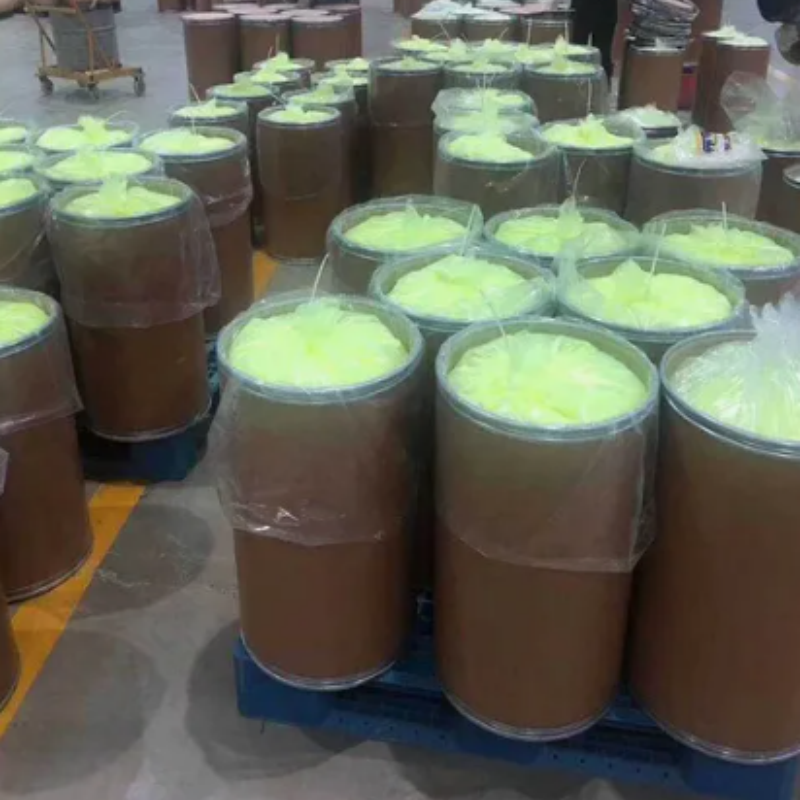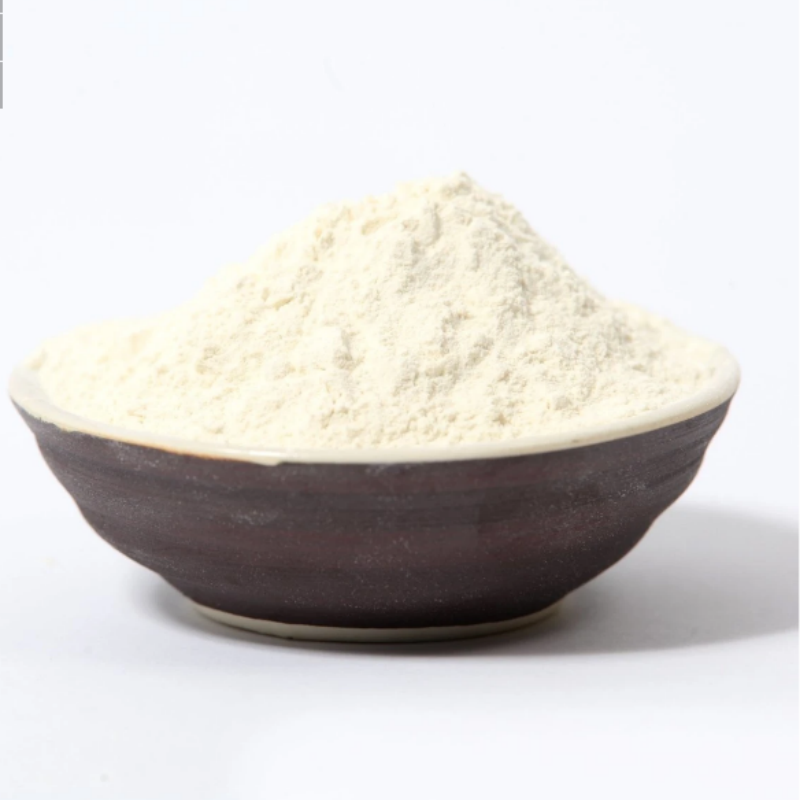-
Categories
-
Pharmaceutical Intermediates
-
Active Pharmaceutical Ingredients
-
Food Additives
- Industrial Coatings
- Agrochemicals
- Dyes and Pigments
- Surfactant
- Flavors and Fragrances
- Chemical Reagents
- Catalyst and Auxiliary
- Natural Products
- Inorganic Chemistry
-
Organic Chemistry
-
Biochemical Engineering
- Analytical Chemistry
-
Cosmetic Ingredient
- Water Treatment Chemical
-
Pharmaceutical Intermediates
Promotion
ECHEMI Mall
Wholesale
Weekly Price
Exhibition
News
-
Trade Service
With the trunk lid concept of Lincoln MKS-TCA Ultra Lite® outer panel and carbon fiber RTM prototype inner panel, Continental Structural Plastics won the 2016 JEC Innovation Award.
Since then, the company has made fine adjustments to its carbon fiber RTM process to ensure that this technology can be used to produce door panels for future automotive platforms for high-quality car manufacturers.
These door panels will have inner and outer panels, as well as structural reinforcements made of the advanced carbon fiber RTM process of Continental Structural Plastics.
?? In 2013, when Continental Structural Plastics established the Center of Excellence for Lightweight Technology and Carbon Fiber Process in Pouancé, France, it set the goal of "developing an economically viable process for using carbon fiber in mass applications.
" The Plastics Europe team has been committed to developing a high-performance carbon fiber RTM process to produce high-strength, ultra-lightweight parts to help OEMs meet the challenges of strict CO2 emission regulations.
The team's research and development focuses mainly on: shortening the cycle time, using automated preforming technology and reducing the cost of carbon fiber.
Marc Philippe Toitgans, R&D Director of Continental Structural Plastics Europe, said: “We are committed to using 100% recycled carbon fiber to achieve a cycle time of 3 minutes.
Using our multi-material luggage cover concept, we have proved that this is entirely possible.
Now we can proudly say that we have cooperated with mainstream OEMs in the United States and Europe on carbon fiber RTM projects, and will soon witness the first commercial application of this technology.
"? From CAE analysis, flow simulation, From pre-forming process and mold design to full automation, Continental Structural Plastics has formed first-class expertise to support the main structure and A-level surface carbon fiber RTM projects for car doors and other body-in-white applications.
The difference of Continental Structural Plastics technology is mainly reflected in:? 1.
The injection pressure is 100bars, and the pressure for door panel applications is as high as 1500t;? 2.
The fiber content for structural applications is high (>50%), and the injection time is 20s;? 3.
Yes Effective management of variable thickness; 4.
Compared with aluminum, the weight is reduced by as much as 30%.
? In order to support several carbon fiber RTM projects launched at the end of 2020, Continental Structural Plastics and its parent company Teijin are investing in a dedicated carbon fiber RTM production line in Palmela, Portugal.
The initial investment of 5.
5 million euros will be used to install presses, RTM pouring equipment and A bonding unit.
? Continental Structural Plastics Inapal project manager Ricardo Barros said: "We are very pleased to work hand-in-hand with our European customers to demonstrate our RTM capabilities.
The equipment we are installing in Palmela, its industrialization and automation level is second to none in similar carbon fiber applications.
In addition to working to reduce the weight of components and shorten the cycle time, the Continental Structural Plastics European team has also been studying a series of methods to make the production process more sustainable.
With the goal of net zero emissions, the Continental Structural Plastics European team is studying the carbon fiber RTM process of tomorrow: mainly focusing on the use of natural fibers or recycled fibers, thermoplastics, bio-based plastics and advanced resins, as well as reducing waste and waste.
Philippe Bonte, President of Continental Structural Plastics Europe, said: "Our goal is to continue to be committed to a sustainable value proposition focusing on net zero CO2 emissions, and to achieve this through advanced manufacturing technology and the use of renewable materials.
One goal, to become an active contributor to global environmental protection.
"
Since then, the company has made fine adjustments to its carbon fiber RTM process to ensure that this technology can be used to produce door panels for future automotive platforms for high-quality car manufacturers.
These door panels will have inner and outer panels, as well as structural reinforcements made of the advanced carbon fiber RTM process of Continental Structural Plastics.
?? In 2013, when Continental Structural Plastics established the Center of Excellence for Lightweight Technology and Carbon Fiber Process in Pouancé, France, it set the goal of "developing an economically viable process for using carbon fiber in mass applications.
" The Plastics Europe team has been committed to developing a high-performance carbon fiber RTM process to produce high-strength, ultra-lightweight parts to help OEMs meet the challenges of strict CO2 emission regulations.
The team's research and development focuses mainly on: shortening the cycle time, using automated preforming technology and reducing the cost of carbon fiber.
Marc Philippe Toitgans, R&D Director of Continental Structural Plastics Europe, said: “We are committed to using 100% recycled carbon fiber to achieve a cycle time of 3 minutes.
Using our multi-material luggage cover concept, we have proved that this is entirely possible.
Now we can proudly say that we have cooperated with mainstream OEMs in the United States and Europe on carbon fiber RTM projects, and will soon witness the first commercial application of this technology.
"? From CAE analysis, flow simulation, From pre-forming process and mold design to full automation, Continental Structural Plastics has formed first-class expertise to support the main structure and A-level surface carbon fiber RTM projects for car doors and other body-in-white applications.
The difference of Continental Structural Plastics technology is mainly reflected in:? 1.
The injection pressure is 100bars, and the pressure for door panel applications is as high as 1500t;? 2.
The fiber content for structural applications is high (>50%), and the injection time is 20s;? 3.
Yes Effective management of variable thickness; 4.
Compared with aluminum, the weight is reduced by as much as 30%.
? In order to support several carbon fiber RTM projects launched at the end of 2020, Continental Structural Plastics and its parent company Teijin are investing in a dedicated carbon fiber RTM production line in Palmela, Portugal.
The initial investment of 5.
5 million euros will be used to install presses, RTM pouring equipment and A bonding unit.
? Continental Structural Plastics Inapal project manager Ricardo Barros said: "We are very pleased to work hand-in-hand with our European customers to demonstrate our RTM capabilities.
The equipment we are installing in Palmela, its industrialization and automation level is second to none in similar carbon fiber applications.
In addition to working to reduce the weight of components and shorten the cycle time, the Continental Structural Plastics European team has also been studying a series of methods to make the production process more sustainable.
With the goal of net zero emissions, the Continental Structural Plastics European team is studying the carbon fiber RTM process of tomorrow: mainly focusing on the use of natural fibers or recycled fibers, thermoplastics, bio-based plastics and advanced resins, as well as reducing waste and waste.
Philippe Bonte, President of Continental Structural Plastics Europe, said: "Our goal is to continue to be committed to a sustainable value proposition focusing on net zero CO2 emissions, and to achieve this through advanced manufacturing technology and the use of renewable materials.
One goal, to become an active contributor to global environmental protection.
"







